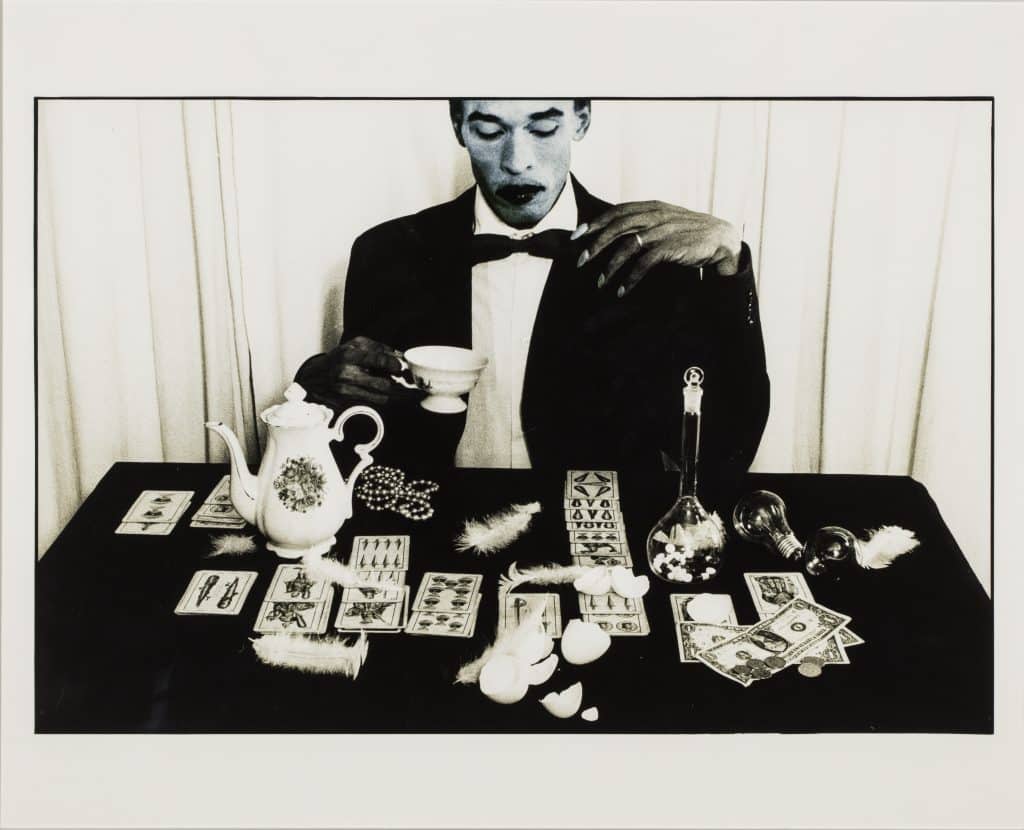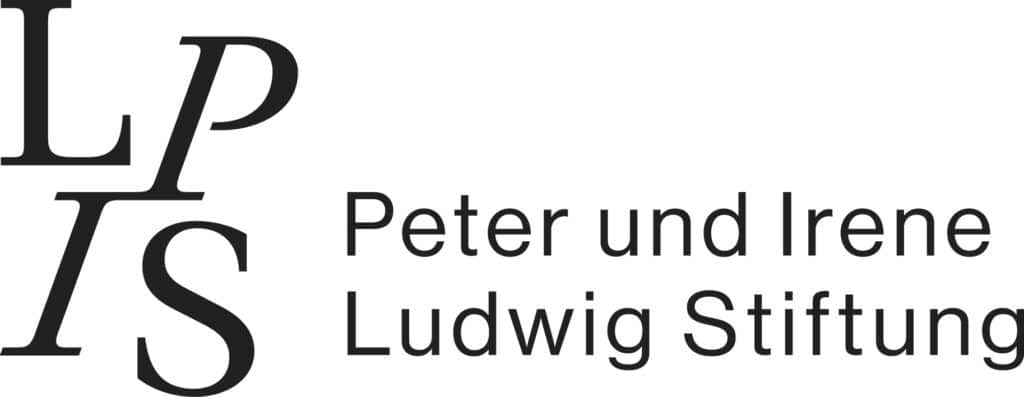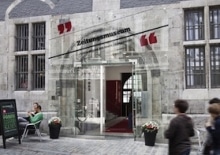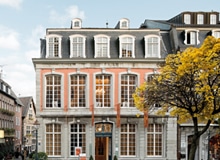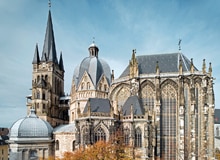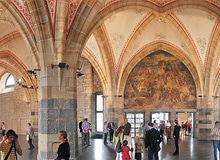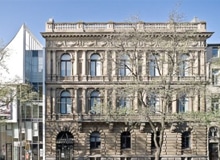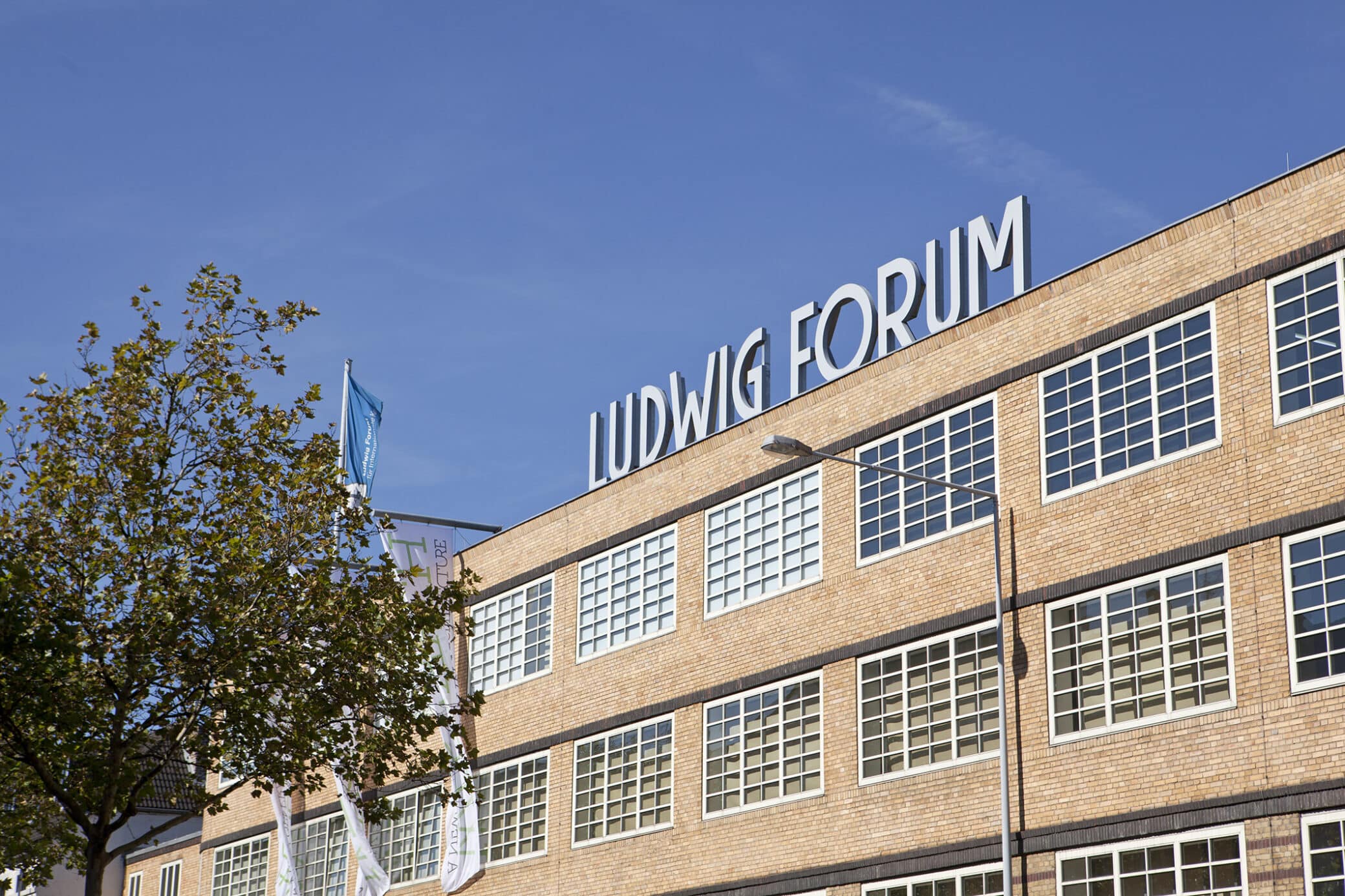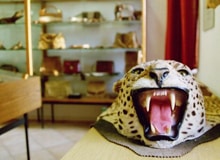The collection presentation Palmípeda, conceived on the occasion of the exhibition Belkis Ayón. Ya Estamos Aquí, spans the newly reopened graphic art cabinets in the basement of the Ludwig Forum Aachen, the entire 2nd floor, as well as parts of the entrance hall of the museum. Works by influential Cuban artists already active during Ayón’s lifetime provide insights into the context of the Havana art scene of the 80s and 90s, entering occasionally into dialogue with works by contemporary artists from other parts of Latin America, which are also part of the Peter and Irene Ludwig Collection in Aachen. These decades—a particularly prolific period for the arts in Cuba—coincide with the founding of the Havana Biennale in 1984, the fall of the Berlin Wall in 1989 as well as the subsequent collapse of the Soviet Union, and two mass emigration waves of Cubans in 1980 and in 1994, due to dire economic situations. The graphic art cabinets are entirely dedicated to works by Cuban artists. As a conceptual frame, photographs from the series Living Together, initiated in 1991 by photojournalist Ramón Pacheco Salazar (b. 1954), hang along the outside walls, bearing witness to the impoverished way of life of Cuban families in the province of Matanzas and everyday yet often marginalised aspects of Afro-Cuban culture. In contrast, the theatrical portraits of René Peña (b. 1957), are staged performances, with which Peña questions concepts of self-image and masculinity, and points at the universal need for disguise. Artist, critic, and curator Tonel deploys humour and word play in his drawings from 1989–90 to highlight the absurdity and contradictions of the official national narratives. The theme of Afro-Cuban religions, already important for many artists at the time, is referenced in the works by artists José Bedia (b. 1959) and Carlos
Estévez (b. 1969). Lastly, the coloured chalkographs (copperplate engravings) by artist, curator, and lecturer Sandra Ramos (b.1969), a close friend of Belkis Ayón, address forced migration and the traumas associated with it in works with titles such as The Boat, The Deep Sea Diver, or The Raft (all from 1994). On the 2nd floor, María Magdalena Campos-Pons (b. 1959) affirms a feminist position with her sculptural piece Alternatives for the Myth: Leda Thinking (1989), where she transgresses moral and political restrictions in the field of female sexuality. In this work she empowers the figure of Leda, who in Greek mythology was impregnated by
Zeus in the form of a swan. Ricardo Rodríguez Brey (b. 1955) not only references but also actively thematises syncretism by using household materials and objects that play a role in Santería rituals in his installation An Innocent Object (1988). Noticeable parallels emerge between the paintings of René Francisco Rodríguez (b. 1960) and Eduardo Ponjuán (b. 1956), who analyse and connect ideological influences in Cuba from the East and the West; the black-and-white portraits by José Toirac (b. 1966) that show Che Guevara and Fidel Castro; and the humourous works by Tonel, commenting not only on Cuban politics and economy, but also on the consequences of the exodus and the exoticising touristification of the island state. In their works, the untouchable heroes of the Revolution are portrayed as ordinary mortals, giving rise to questions of why and when they became sacred.
The exhibition title Palmípeda is the name of one of Tonel’s drawings that play with language, fusing two words together. In this case, he merged “palmera,” which means palm tree, with “palmípedo,” the name given to web-footed animals. This idea of hybridity is present throughout the exhibition, as is the conscious effort by the artists selected of making sense of a puzzling present by understanding, analysing, questioning, and at the same time honouring a complex history.
Curated by Ana Sophie Salazar
Credit (above): René Peña, Solitario, 1994, b/w-photograph (partially coloured), 39,9 x 49,5 cm. Photo: Carl Brunn.
Installation views:
